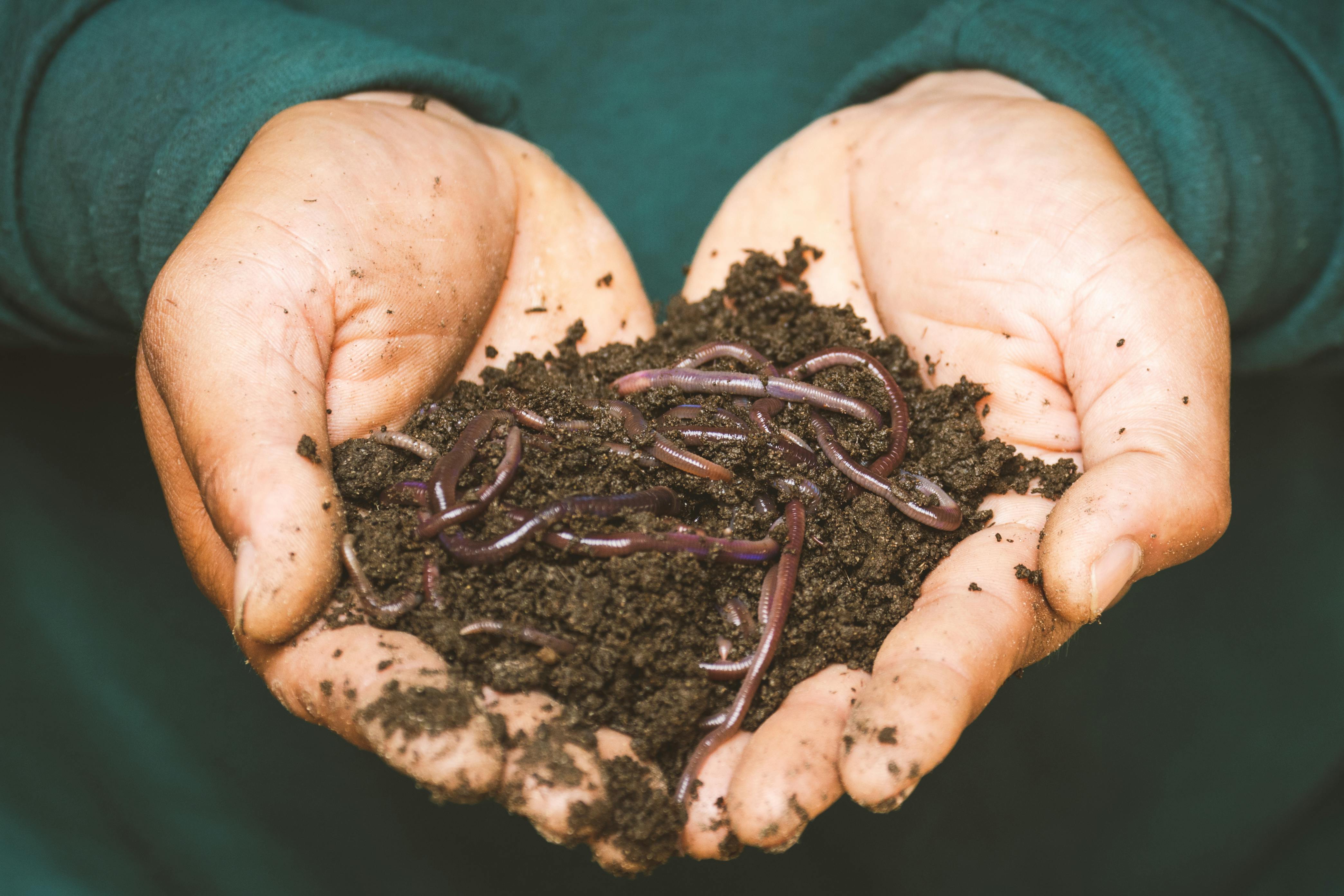Simple composting routines to recycle kitchen scraps into soil
Learn straightforward composting routines that turn everyday kitchen scraps into usable soil. This article covers practical steps, container choices, moisture and drainage control, pest prevention, and simple maintenance to support soil fertility and sustainability.

Composting kitchen scraps is a practical way to close the loop on food waste and enrich garden soil. With a few consistent routines—sorting scraps, managing moisture, and occasional turning—you can produce crumbly, dark compost suited for containers, raised beds, or mulching around native plants. This article outlines easy habits that fit busy schedules and low-maintenance yards, focusing on techniques that support fertility, drainage, and long-term sustainability without specialized equipment.
Soil and compost basics
Good composting starts with understanding what makes healthy soil: organic matter, structure, and microbes. Compost adds organic matter that improves soil texture and fertility while enhancing drainage in heavy soils and water retention in sandy soils. Kitchen scraps like fruit and vegetable peels, coffee grounds, and eggshells are excellent inputs when balanced with brown materials—dry leaves, shredded paper, or cardboard. Aim for a mix that’s roughly one part green (nitrogen) to two or three parts brown (carbon) to promote steady decomposition and reduce odors.
How do containers affect composting routines
Containers provide control and convenience for small-space composting. Tumblers, plastic bins, or simple lidded buckets work well for kitchens or patios. Choose a container with ventilation and drainage holes to avoid anaerobic conditions. Layer materials as you add them—thin layers of green scraps covered by brown material—to minimize flies and smells. For indoor or balcony setups, consider a small, sealed compost bin with a charcoal filter, or use a worm composting (vermicompost) container for minimal maintenance and speedier results.
What role does mulching and drainage play
Finished compost is a useful mulch: apply a 2–3 inch layer around plants to conserve moisture, suppress weeds, and gradually release nutrients. When incorporating compost into soil, blend it with existing soil to improve structure and drainage—particularly important for clay soils that compact easily. Avoid piling fresh, unfinished compost directly against stems or trunks; cured compost reduces the risk of rot and pest attraction and supports healthier root systems and better irrigation outcomes.
How should you manage irrigation and moisture
Moisture control is central to successful composting. Compost should feel like a wrung-out sponge—moist but not dripping. Regularly check bins and add water during dry spells or more dry brown materials if it becomes soggy. Good drainage in the bin prevents anaerobic pockets that cause odors. When applying finished compost in the garden, balance irrigation so that the added organic matter aids water retention without creating oversaturation that can stress plants or attract pests.
How to handle pests and support pollinators
Pests can be deterred through smart routines: bury food scraps beneath brown layers, avoid adding meats or dairy, and secure compost lids. If rodents are a concern, use metal or sturdy plastic containers with tight seals and elevate bins off the ground if possible. Composting also ties into pollinator support—finished compost improves plant health, which benefits flowering natives and garden species that feed bees and other pollinators. Planting native, pollinator-friendly species near compost-enriched beds helps create a more resilient ecosystem.
What maintenance keeps compost fertile and sustainable
Routine maintenance is minimal but important: turn or aerate the pile every 1–2 weeks to introduce oxygen for microbes, monitor moisture, and add balanced greens and browns as needed. Sift finished compost to remove large undecomposed pieces for the next cycle. Periodically rotate or replace container setups and avoid chemical contaminants—do not include synthetic-treated wood, glossy paper, or pesticide-laden plant material. These practices support long-term fertility and sustainability in your garden systems.
Composting kitchen scraps can be adapted to varied spaces and schedules. By setting up the right container, balancing greens and browns, managing moisture and drainage, and performing light maintenance, you can produce quality compost that improves soil fertility, supports pollinators and native planting, and reduces household waste. Over time, these routines become easy habits that contribute to a more sustainable home garden.





